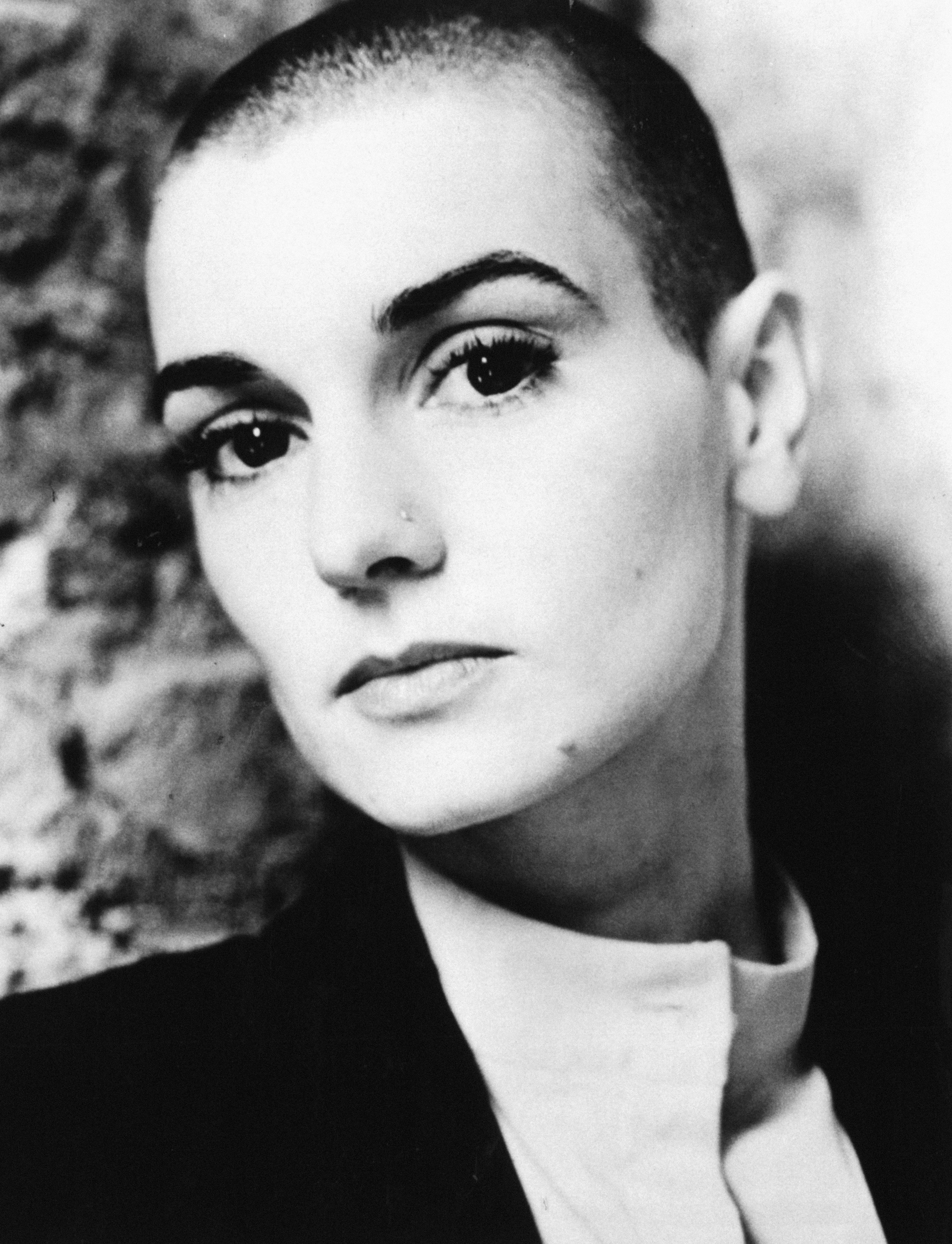She Moved Through The Fair
Traditional, with additional lyrics by Padraic Colum

There is a mystery surrounding the origins of ‘She Moved Through The Fair’. But the song, which has its own dreamy, mysterious quality, has long transcended any arguments among music historians as to who should properly be credited as the writer. The melody is a traditional one, which is beautiful in its apparent simplicity. There are hints of eastern music to it, which are drawn out to a greater or lesser extent by different singers and instrumentalists. What we can also say for sure is that the lyrics have evolved over the years, and there are variations still being shaped. But a more or less settled modern version has gained popular currency, at least some of which was written by the respected 20th Century Irish poet, Padraic Colum. That song of unrequited longing has become a kind of holy grail of Irish music, recorded hundreds of times by Irish and international artists alike. Among its devotees can be numbered leaders of the folk revival like Pete Seeger, Shirley Collins and Odetta; heroes of the 1960s (and later), Marianne Faithfull, Donovan and Van Morrison (who recorded it with The Chieftains in 1988); hugely popular global stars like Irish guitar hero Rory Gallagher, Mike Oldfield, Led Zeppelin, Charlotte Church, Barbara Dixon and Josh Groban; and a whole host of leading Irish female singers, including Mary Black, Moya Brennan of Clannad, Andrea Corr of The Corrs and Sinead O’Connor – whose extraordinary interpretation was a highlight of Neil Jordan’s powerful Golden Lion award-winning film, Michael Collins. It is, by any standards, a song for the ages.
The Story Behind The Song
Like many songs that were handed down orally, there is considerable uncertainty as to who might have written ‘She Moved Through The Fair’ – and when. The song was first published under that title in 1909 in Herbert Hughes’ Irish Country Songs. Hughes was a musicologist, who worked with the renowned Irish poet Padraic Colum, and the lyrics were subsequently included in Wild Earth: And Other Poems, published by the Co. Longford bard in 1916. Right up until his death, in 1972, Colum insisted that he had written the song, or most of it at least. In 1970, at the age of 89, he penned a letter to The Irish Times re-stating that he had written the song in its entirety, except for the last verse, with the implication that this part of the song was traditional. But different treatments of the song’s theme, or story-line, under a variety of titles, have also been uncovered, suggesting that Colum’s version is akin to a river capture – where one stream is diverted from its own bed and absorbed into another.
No one disputes that Padraic Colum and Herbert Hughes first heard the melody on a trip to Co. Donegal. There are also versions of the melody found in Scotland, which will not surprise anyone familiar with the pattern of migrant workers shuttling between the two places. The likelihood is that Colum and Hughes also heard at least a fragment or elements of the lyrics, which seems to have pre-existed in a song titled ‘I Once Had A True Love’.
The latter was collected by the traditional singer and songwriter Paddy Tunney, from a Co. Donegal singer, Barney McGarvey. The name McGarvey, like the melody of ‘She Moved Through The Fair’, is found in both Ulster and Scotland. In McGarvey's telling, the rejection of the song’s suitor is clear from the outset. In contrast, the hope that prejudice will not prevail (“And your father won’t slight me/ For my lack of kine”) in the version we know best may or may not derive from Colum.
“I once had a sweet-heart, I loved her so well,” the McGarvey version runs, “I loved her far better than my tongue could tell/ Her parents they slight me for my want of gear/ So adieu to you Molly, since you are not here.”
The four lines that follow, however, are almost exactly the same as a verse in the Padraic Colum poem.
“I dreamed last night that my true love came in/ So softly she came that her feet made no din/ She stepped up to me and this she did say/ It will not be long, love, till our wedding day.”
To complicate matters further, there is a slightly different version again under the title ‘My Young Love Said To Me’. Indeed, that is just the start of it. Other titles under which variations have appeared include ‘Our Wedding Day’ and ‘Out of the Window’. Meanwhile ‘She Moved Through The Fair’ is also sung as ‘She Moves Through The Fair’ and – in a particularly haunting version recorded by Sinead O’Connor for Academy Award-winning director Neil Jordan’s film Michael Collins, about the Irish revolutionary hero who was assassinated during the War of Independence – as ‘He Moved Through The Fair’.
Finally, on the question of twists and turns, and the ways in which a song can evolve over a period of time, the word ‘kine’ is often sung now as ‘kind’ – as in “And your father won’t slight me/ For my lack of kind.” The original line referring to ‘kine’ (an archaic word meaning ‘cattle’) is far clearer in its meaning, with the narrator clinging to the hope that the parents of the girl he has fallen for will ignore the fact that he has no property to his name. The narrator in Barney McGarvey’s version harbours no such illusion, referring bitterly to his poverty in the phrase “for my want of gear.” The version that holds onto a belief in the better nature of people arguably delivers a more powerful emotional impact when it is a ghostly creature who visits the narrator in the darkness of the night. We are all entitled to dream.
Not for the first time, it was the famous Irish tenor John McCormack who popularised the song, through his 1941 recording. The legendary traveller singer Margaret Barry learned the song from McCormack’s version, and in turn directly inspired a powerful cover by British folk-rock pioneers Fairport Convention. The original guitarist with that band, Richard Thompson – widely regarded as one of the greatest English folk-influenced musicians of the modern era – still regularly performs the song live. Other singers who were instrumental in crystallising the Padraic Colum version as the (more or less) definitive version were The McPeake Family from Belfast, Dominic Behan (brother of the playwright Brendan Behan) from Dublin, seminal Breton musician Alan Stivell and American folk-pop superstar Art Garfunkel.
The number and range of outstanding musicians who have embraced the song is a statement in itself. Others to change the gender, in the manner of Sinead O’Connor, include Greek star Nana Mouskouri, British progressive folk outfit Trees, crossover classical singer Sarah Brightman, and Grammy Award-winning American country singer Kathy Mattea. The legendary folk and blues guitar stylist Davy Graham brought scintillating Indian influences to his virtuoso instrumental take on the melody. And Canadian folk-rocker Loreena McKennitt loved it so much she did it twice, on her albums Elemental (1985) and Nights From Alhambra (2007).
The artists who have covered ‘She Moved Through The Fair’ themselves cover a multitude. From Irish US Hollywood star Maureen O’Hara to Shane MacGowan of The Pogues. From The Yardbirds to Boyzone. From Paul Young to Fergal Sharkey. From Carolyn Hester, through Sandy Denny and Hayley Western to Celtic Woman. Elvis Costello did it with the Brodsky Quartet. Joan Baez performed a duet with Damien Rice. A beautiful version was recorded by Liz Fraser of The Cocteau Twins for the BBC TV Series The Living and the Dead. And Simple Minds used the melody in their celebrated hit song about the impact of the Troubles in Northern Ireland, ‘Belfast Child’.
‘She Moved Through The Fair’ is a challenge – and a joy – to sing. With its story of unrequited love and an unreliable narrator who is haunted by the memory of a lost loved one, it has captured the imagination of successive generations of musicians and singers. It is the definition of a great song: one that sneaks up on musicians and inhabits them – until they can inhabit it. It may warp and change further along the way, but one suspects that we will still be singing it in a thousand years time.




Sinead O'Connor: a singer of extraordinary emotional intensity
Sinead O'Connor: a singer of extraordinary emotional intensity
